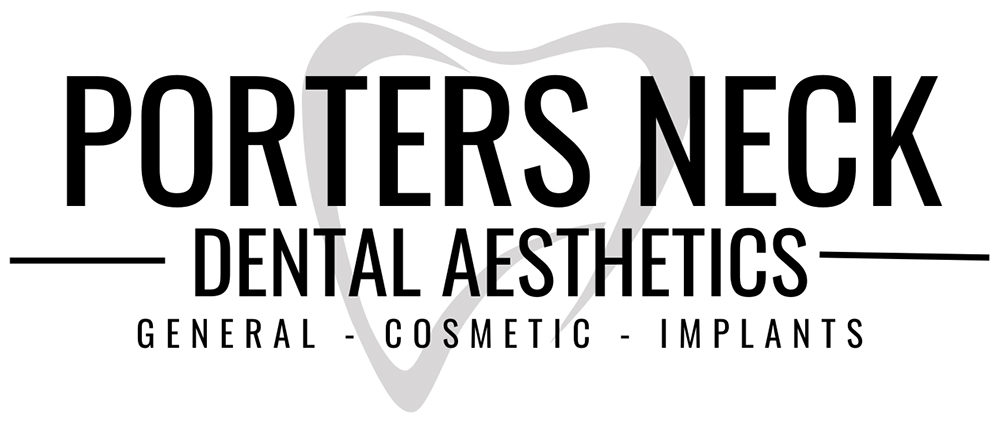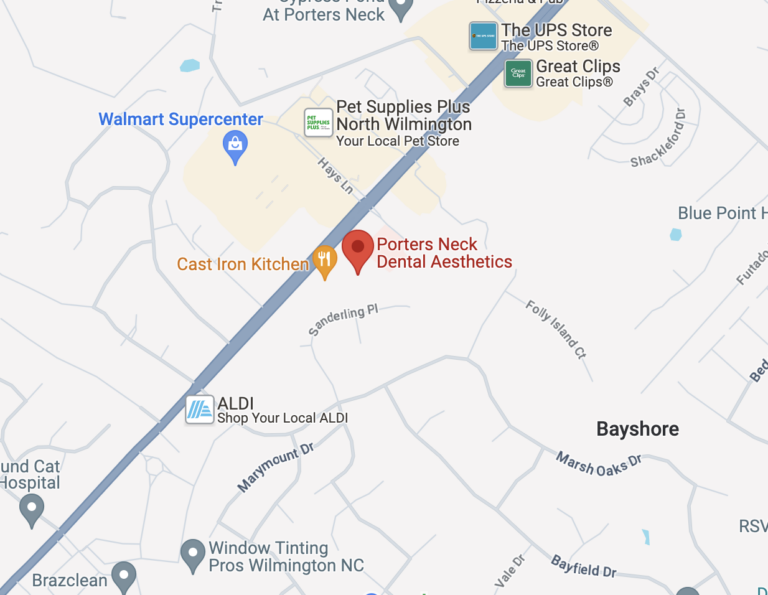Tooth-Colored Restorations
Tooth-colored restorations include an array of dental treatments aimed at correcting chipped, cracked, or otherwise damaged teeth. From dental bonding to inlays and onlays, you and your doctor will discuss which restoration treatment is best for you!
Dental Bonding
Dental bonding is a type of tooth-colored restoration that uses a resin material to repair chips, cracks, gaps, and even discoloration, all in one painless appointment. With no more metal fillings or bulky crowns, dental bonding is minimally invasive, preserving your natural tooth structure and leaving your smile looking completely natural. It’s also extremely durable, lasting for years with proper care.
The benefits of dental bonding go beyond just aesthetics:
- Preserves natural tooth structure: Unlike some other restorative procedures, dental bonding is minimally invasive, meaning it requires minimal removal of your natural tooth. This helps maintain the health and strength of your teeth in the long run.
- Durable and long-lasting: With proper care, your dental bonding can last for years to come. Enjoy your beautiful smile without worrying about constant touch-ups.
- Affordable solution: Compared to other cosmetic dental procedures, dental bonding is a budget-friendly option that allows you to achieve a confident smile without breaking the bank.
At Porter’s Neck Dental Aesthetics, we use the latest techniques and highest-quality materials to ensure your dental bonding is not only beautiful but also durable and long-lasting.

Dental Inlays and Onlays
Imagine having a chipped tooth or a cavity repaired with a filling that seamlessly blends in with your natural smile, strengthens your tooth structure, and lasts for years. That’s the beauty of dental inlays and onlays, tooth-colored restorations that offer a more durable and aesthetically pleasing alternative to traditional fillings.
Inlays and onlays are custom-crafted restorations created in a dental lab. Inlays fit snugly within the grooves and depressions of your tooth, while onlays extend over one or more cusps, depending on the extent of the damage. Both are bonded to the tooth using a strong adhesive, creating a virtually undetectable repair.
Here’s why these innovative restorations might be your perfect match:
- Built to last: Made of high-quality materials like porcelain or composite resin, inlays and onlays stand strong against years of chewing and biting, lasting up to 15 years or longer.
- A smile you can confidently flash: Inlays and onlays seamlessly blend with your natural teeth, leaving your smile radiant and worry-free.
- Minimalist approach, maximum impact: Inlays and onlays require minimal removal of your natural tooth, leaving it strong and healthy for the long haul.
- A shield against decay: Inlays and onlays create a tight seal, keeping harmful bacteria at bay and protecting your teeth from further damage.

-
What are dental inlays and onlays?
Inlays and onlays are custom-crafted tooth-colored restorations made with the most modern dental technology. Inlays fit precisely within cavities, while onlays extend over cusps for more extensive damage. Unlike fillings, they offer superior strength and aesthetics.
-
What is dental bonding?
Dental bonding uses a tooth-colored resin to repair or reshape teeth. This resin is applied directly to the tooth and then hardened with a special light, creating a durable and natural-looking bond. Think of it like sculpting a miniature masterpiece on your smile!
-
When would I need inlays or onlays?
Inlays and onlays are suitable for:
- Repairing chipped or cracked teeth
- Restoring moderate tooth decay
- Replacing old or leaky fillings
- Strengthening teeth weakened by trauma
-
Is dental bonding painful?
No, dental bonding is generally painless. In most cases, anesthesia isn’t even necessary! You might feel a slight scraping or tingling as the dentist prepares the tooth surface, but the bonding process itself is comfortable.
-
How can I care for my inlays and onlays?
Practice good oral hygiene habits like brushing twice daily, flossing regularly, and visiting your dentist for regular checkups. Avoid chewing on hard objects like ice or candy, which can damage the restorations.
More Questions?
If you have more questions about tooth-colored restorations or would like to schedule an appointment, please give us a call and we'll be happy to discuss further!

